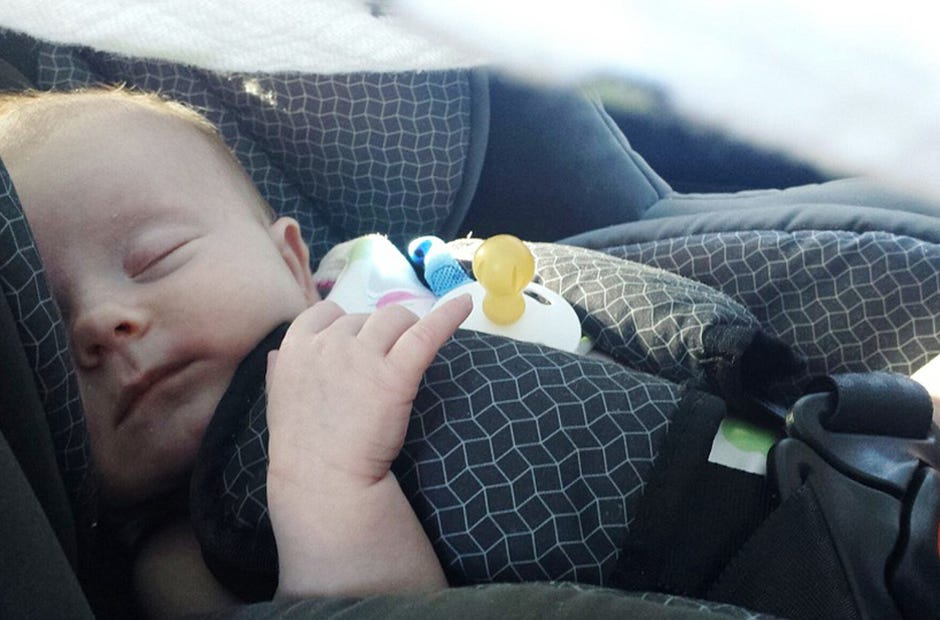
TALLAHASSEE, Fla. – This month, the Florida Department of Highway Safety and Motor Vehicles is reminding motorists to focus on child safety in vehicles as well as on and around Florida roads as part of Child Safety Awareness Month in August.
DHSMV Executive Director Terry L. Rhodes said, “In the heat of the Florida summer, when more children will be out on the road preparing for the start of school, it is very important to remember that whether driving through a school zone or taking a family trip, motorists must do everything possible to ensure our children arrive alive.”
The department and its partners are also reminding motorists to never leave a child unattended or unsupervised in a motor vehicle. It is extremely hot, especially during the Florida summer, and leaving a child in a car can result in the child’s injury or death.
“It is critically important to ensure the safety of our children in vehicles as they travel our state’s roadways. That means properly restraining children according to their age, size and weight,” said Colonel Gene S. Spaulding, Director of the Florida Highway Patrol. “FHP encourages everyone in the vehicle to buckle up, including passengers in the back seat. Remember, as the caregivers for these young lives, it’s your responsibility to ensure they are safe.”
Additional safety tips for parents and all motorists to keep kids safe in and around vehicles:
●Children under age four must be in a car seat and as of January 1, 2015, children age four and five must be in a car seat or booster seat. Drivers will be charged if any passenger under 18 is not properly buckled in.
●Read the car seat’s instruction manual and the portion of your vehicle’s owner manual when you install a car seat. Visit a local FHP station to ask a car-seat certified trooper to help install your seat.
●In passenger vehicles, children under the age of 13 should be secured in the rear seat; airbags can injure or kill young children in the front seat. Never place a rear-facing car seat in front of an airbag.
●Be alert and watch for children especially near schools, bus stops, school buses and in school parking lots. Always watch for and obey signals from school crossing guards.
●Never sit on the roadway or the curb while waiting for the school bus; wait in a safe place away from the road.
●Children on bicycles can be unpredictable and can make sudden changes in direction. Be especially careful when children are present in school zones and residential areas.
●Be alert while backing up and designate safe play areas away from vehicles.
Visit the DHSMV’s website, www.flhsmv.gov/safety-center/vehicle-and-child-safety/child-safety/, for more information and use the hashtag #ChildSafetyFL throughout the month to add and share important child safety information.
●Preliminarily in 2015, there were 66,091 crashes in Florida involving children under the age of 18, resulting in 25,992 injuries and 149 fatalities, a 25 percent increase in fatalities from 2013.
●Preliminary numbers show that in 2015, 1,165 children were injured wearing no safety restraint in a vehicle and law enforcement issued more than 21,000 citations to motorists for not properly securing children in a vehicle. Florida law requires that all drivers and all passengers under the age of 18 wear a safety belt.
●More than 200 children under the age of 6 were injured in crashes not wearing any type of seat restraint.
Some statistics
This article originally appeared on Crestview News Bulletin: Florida Highway Patrol offers 7 child safety awareness tips
